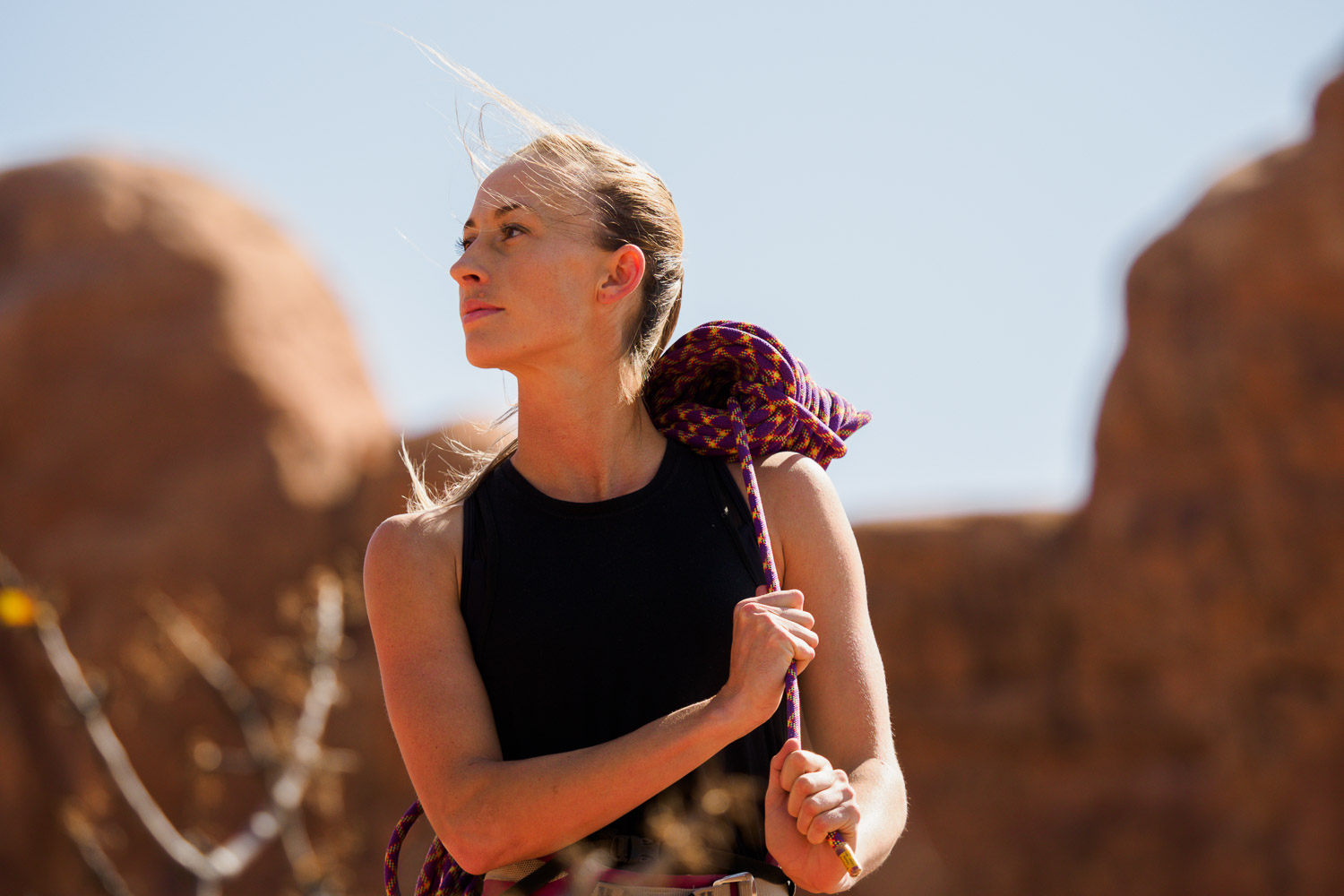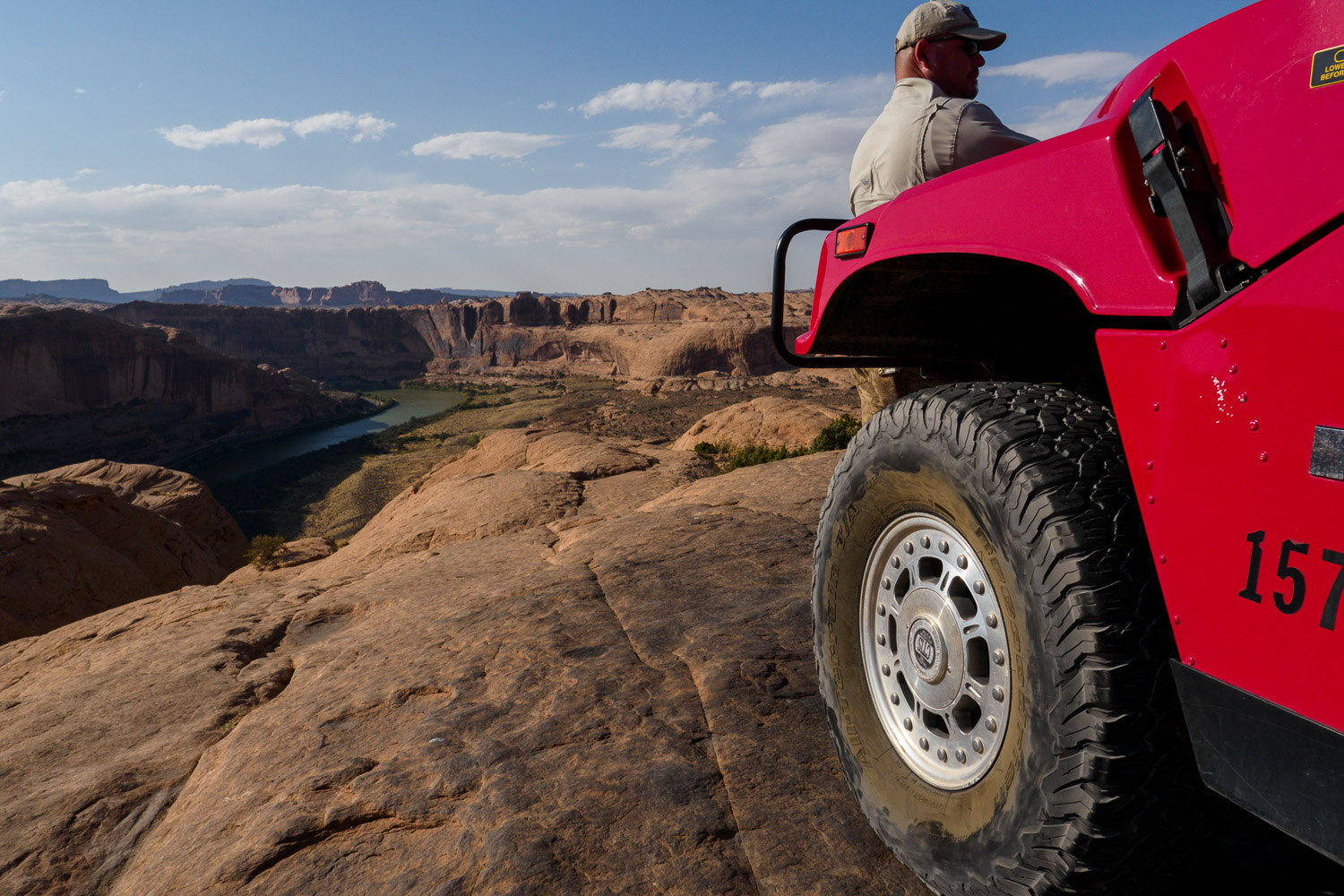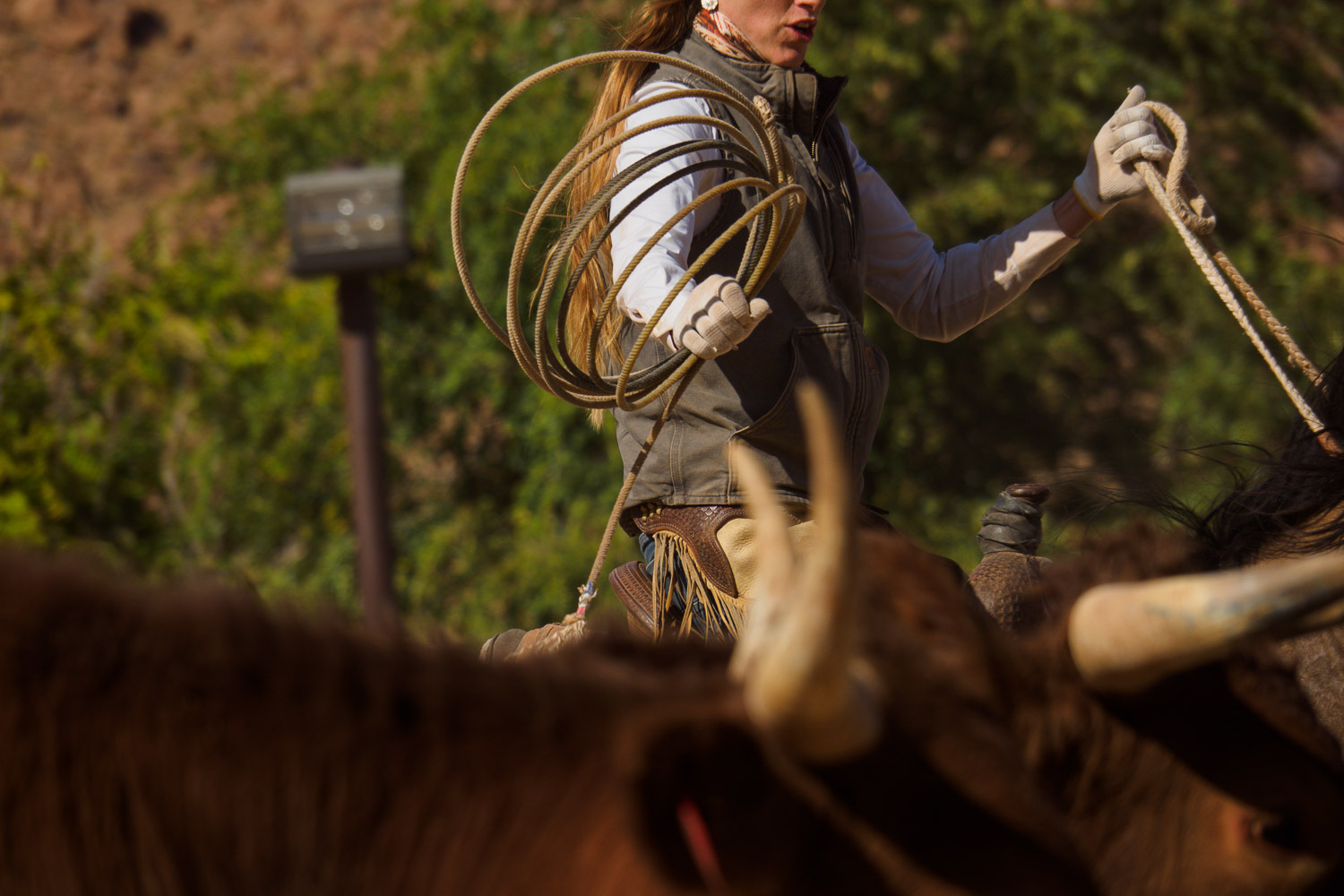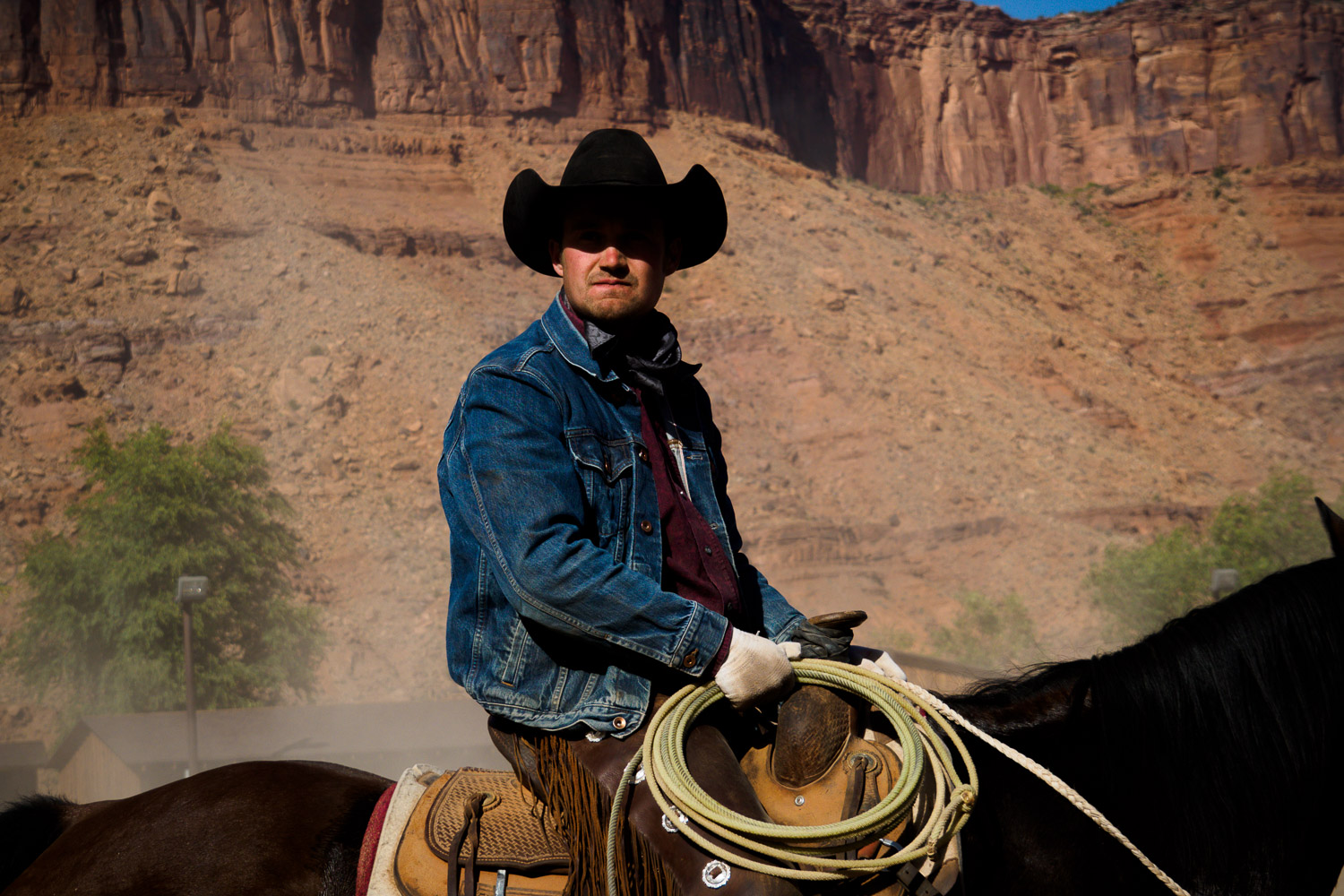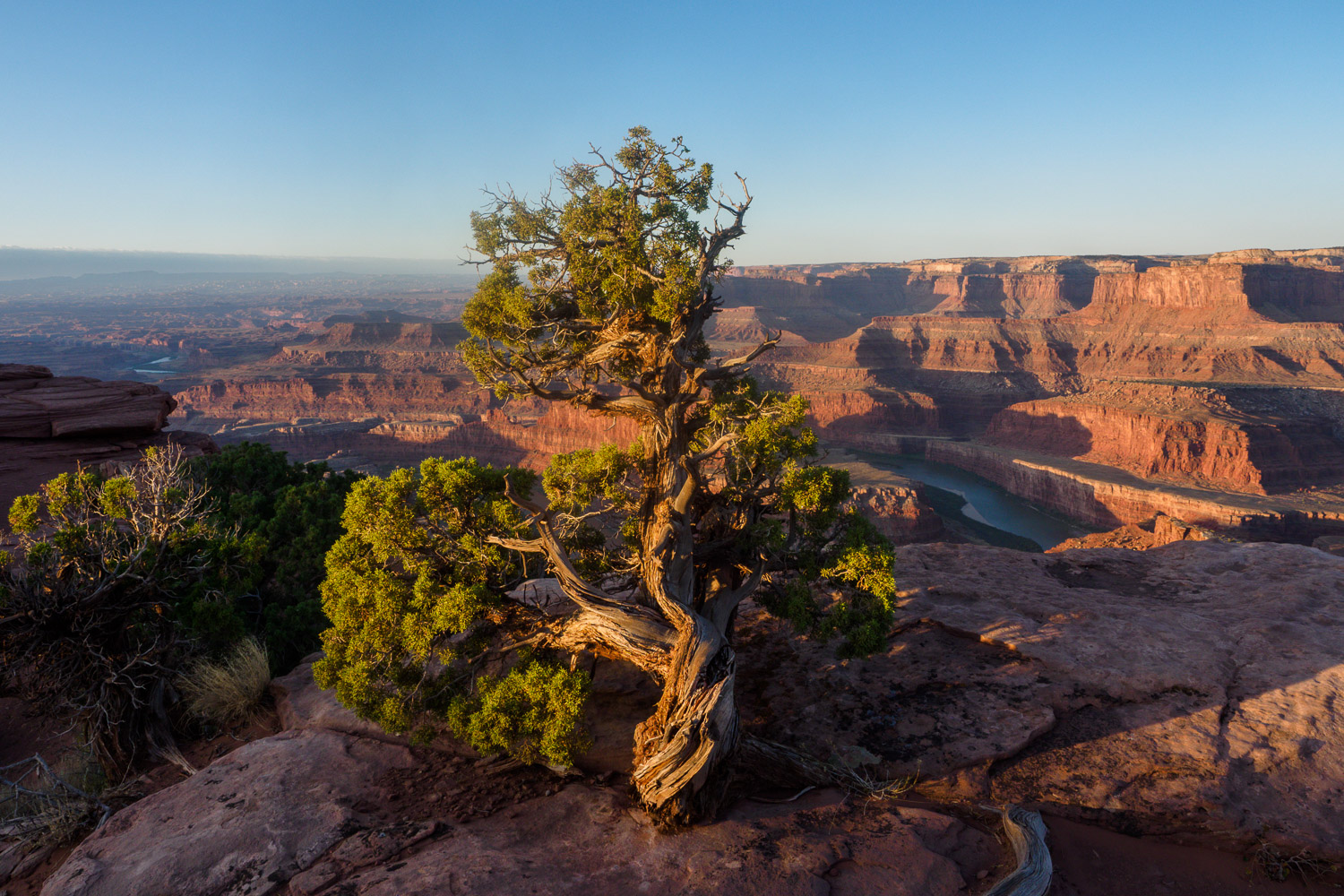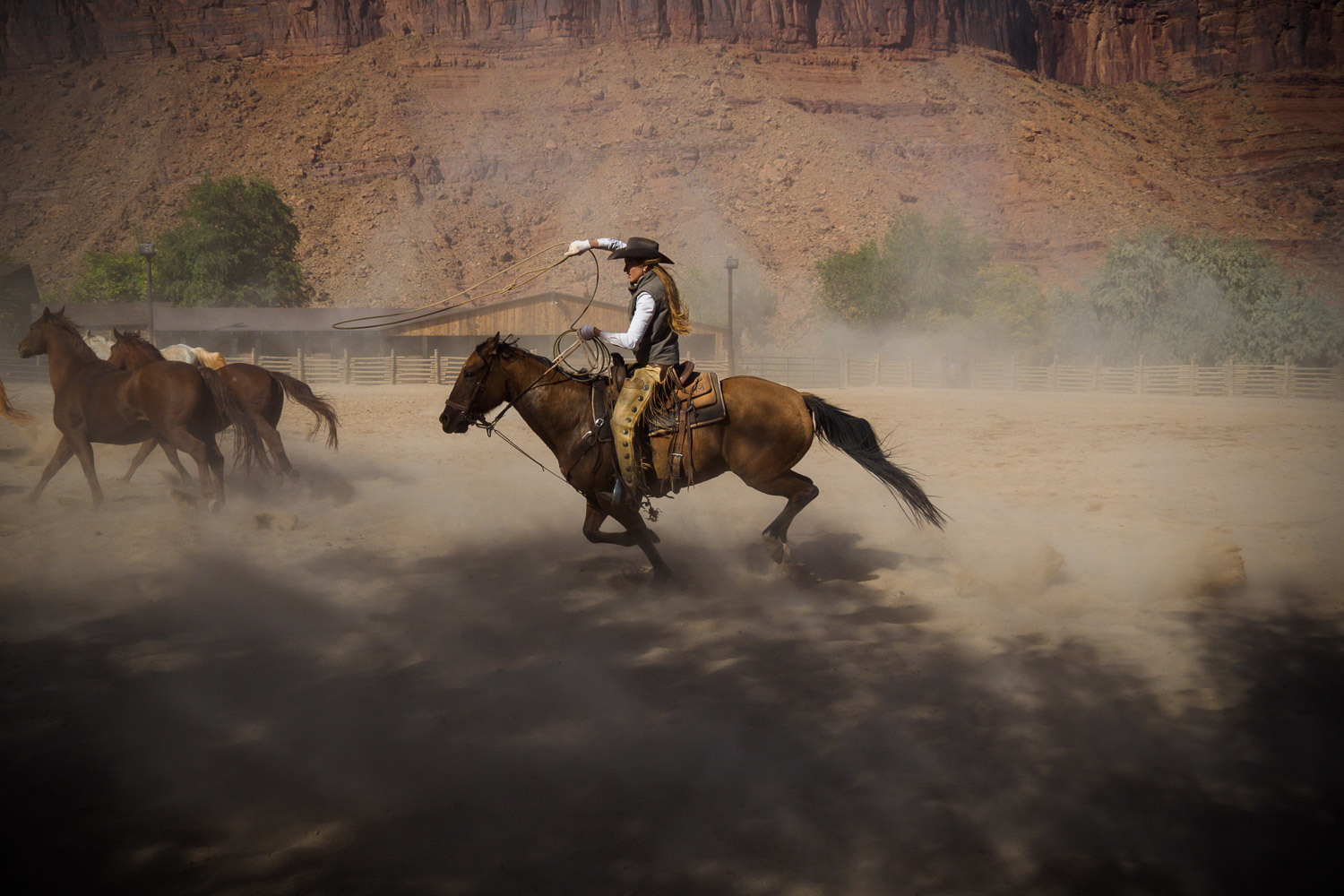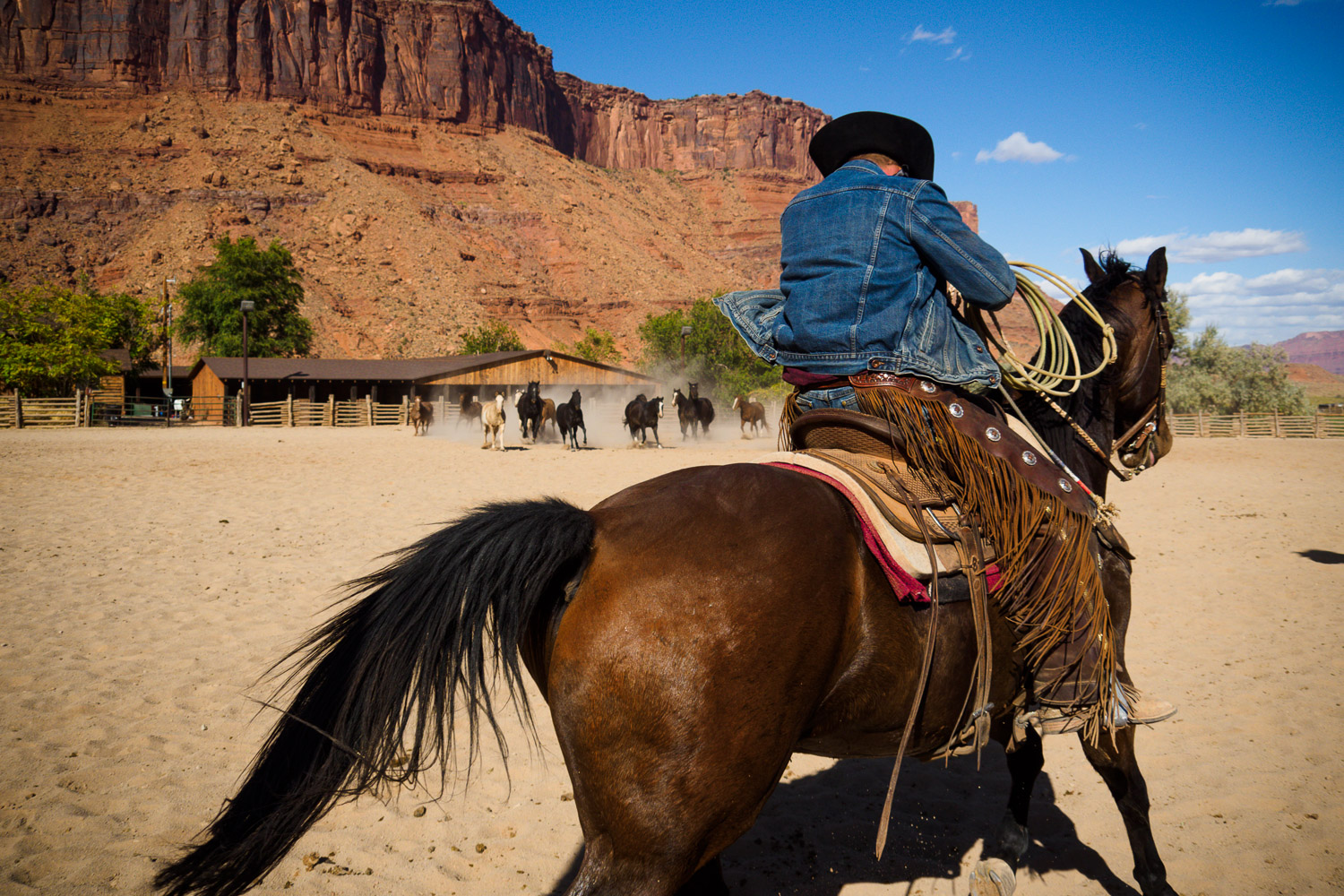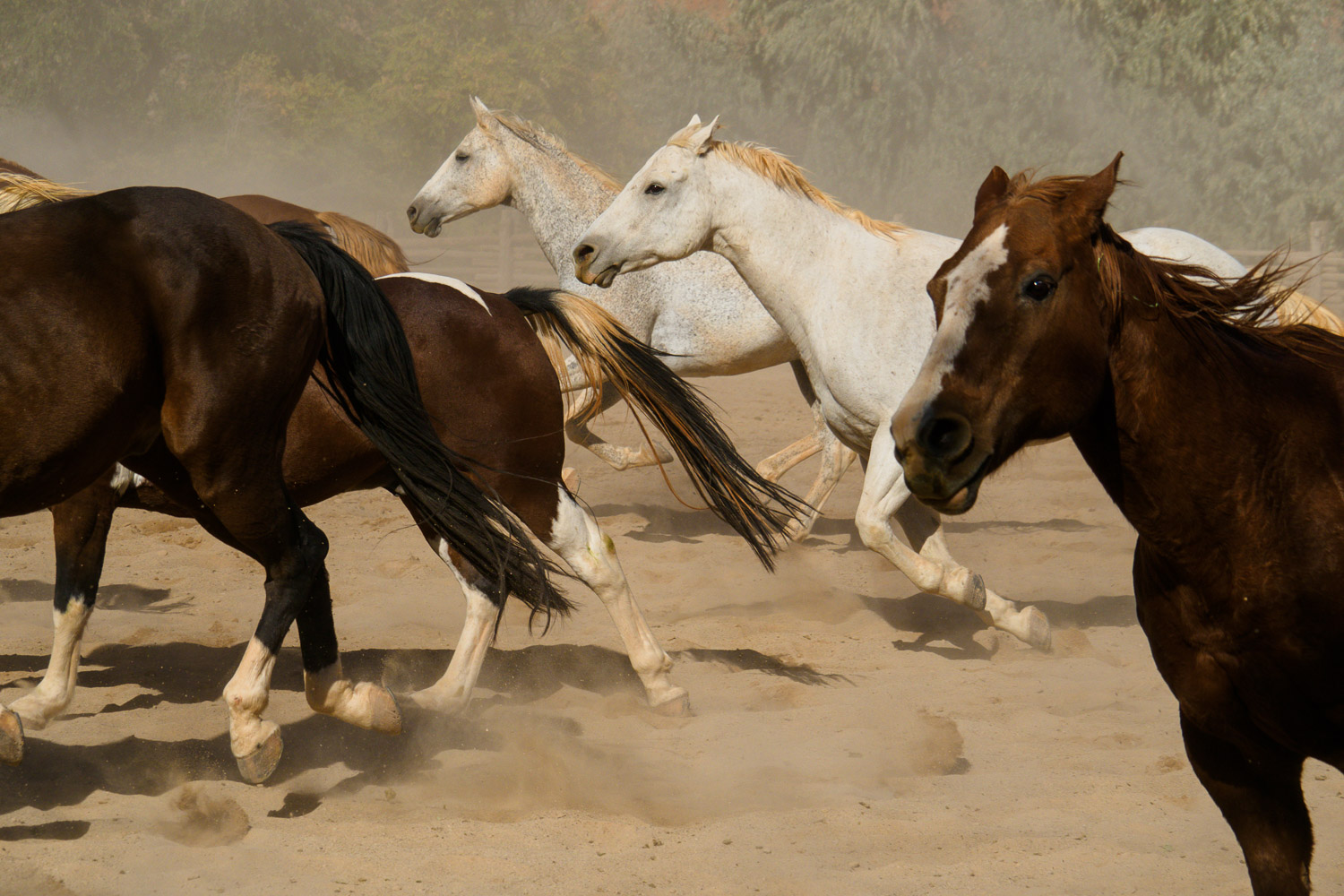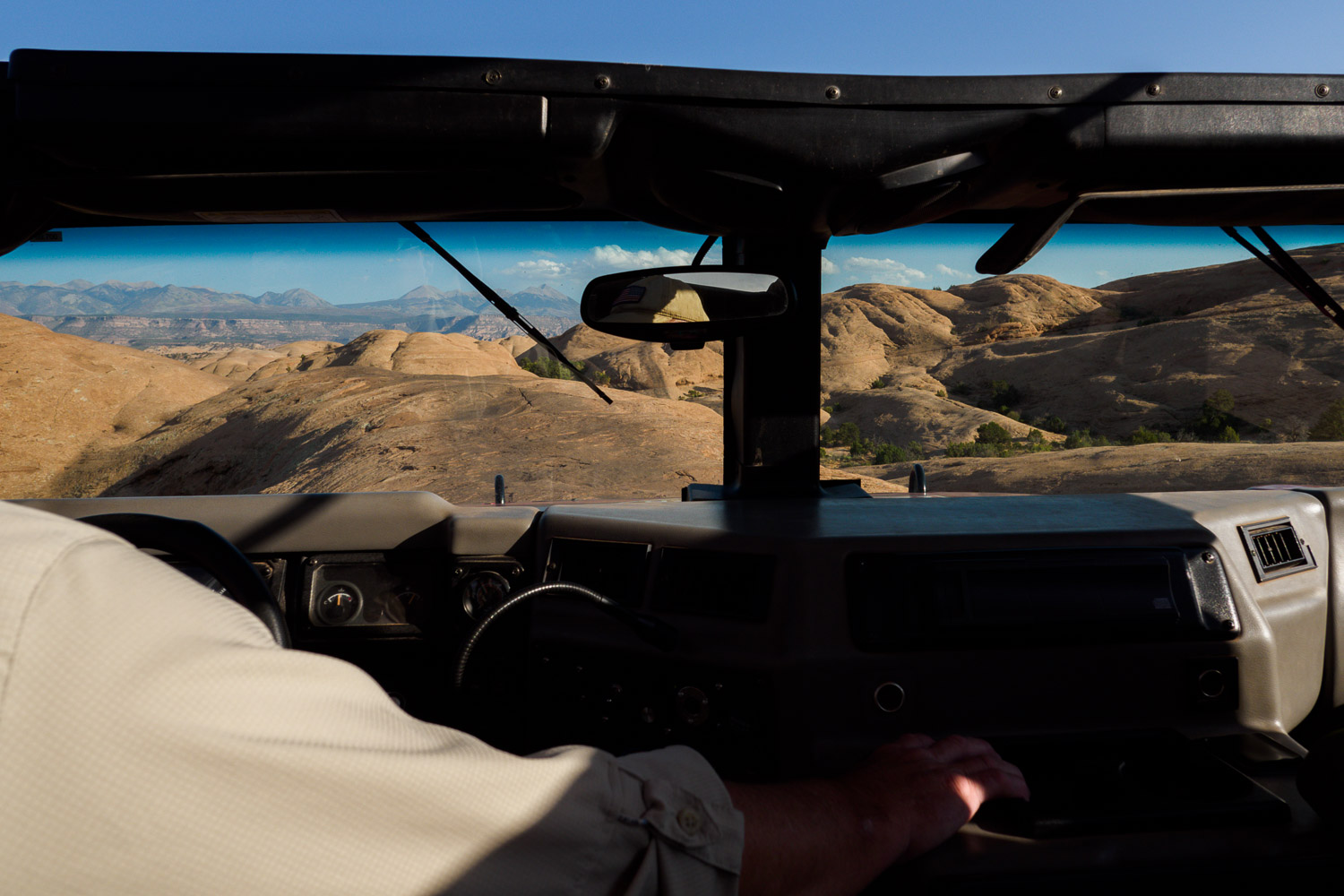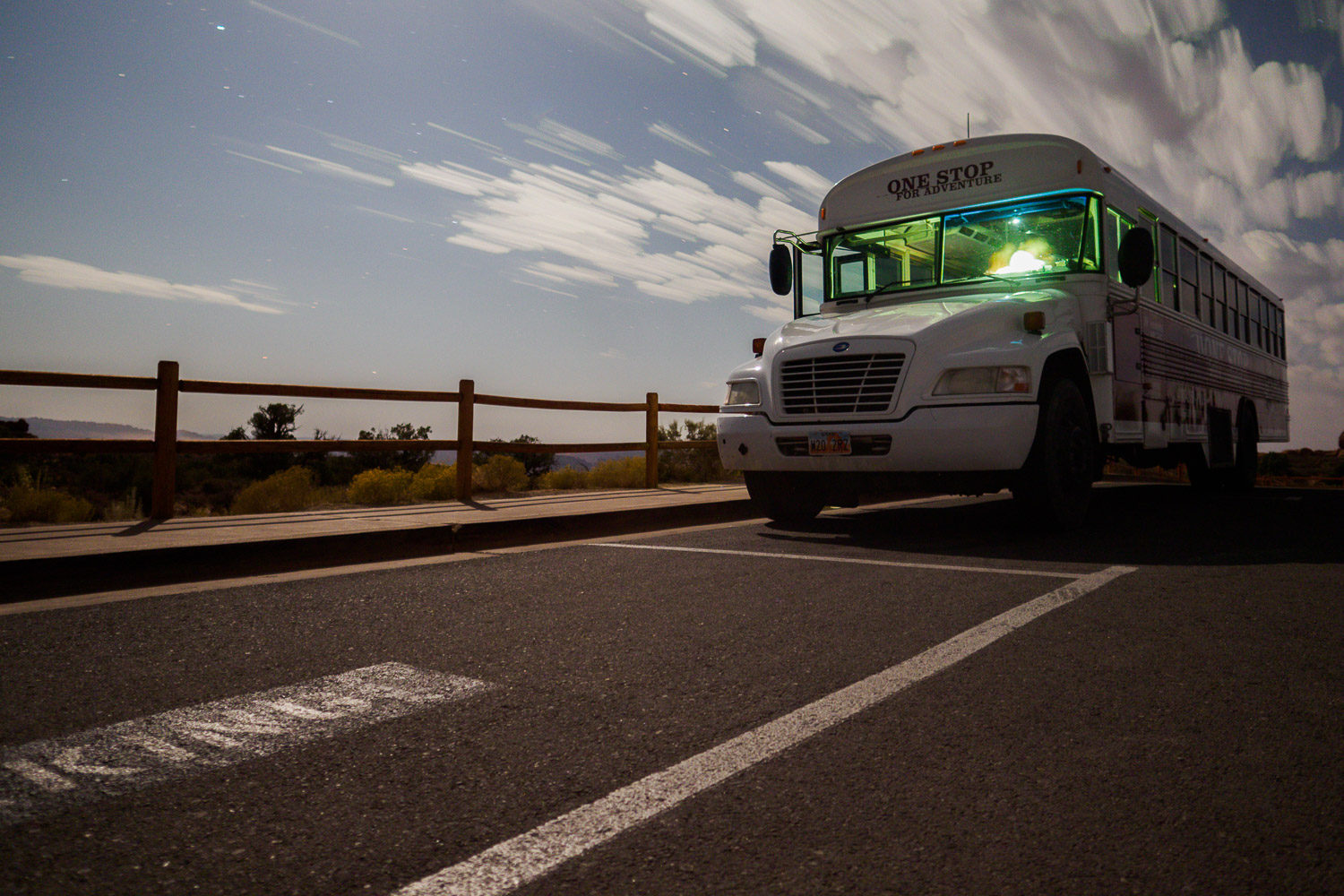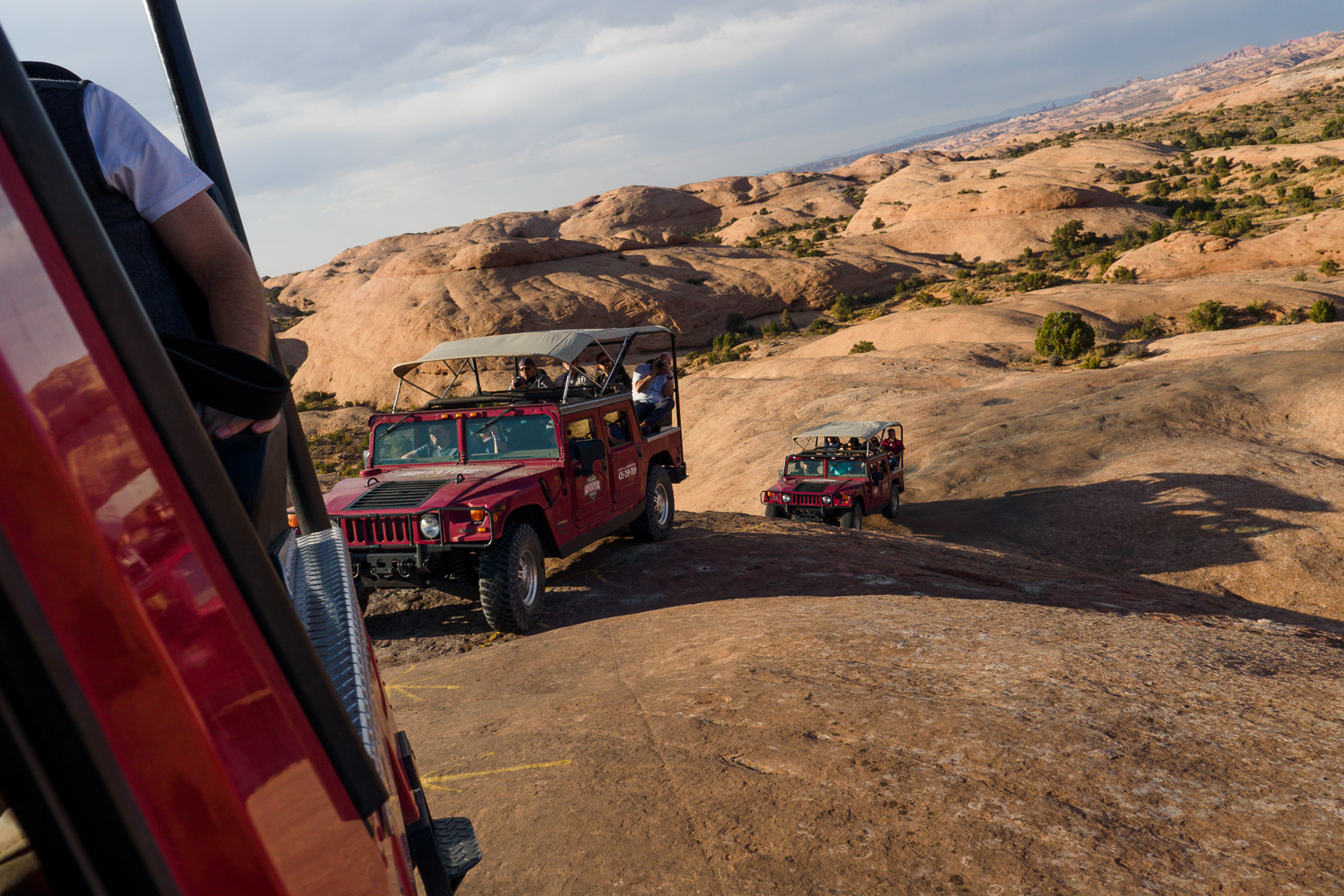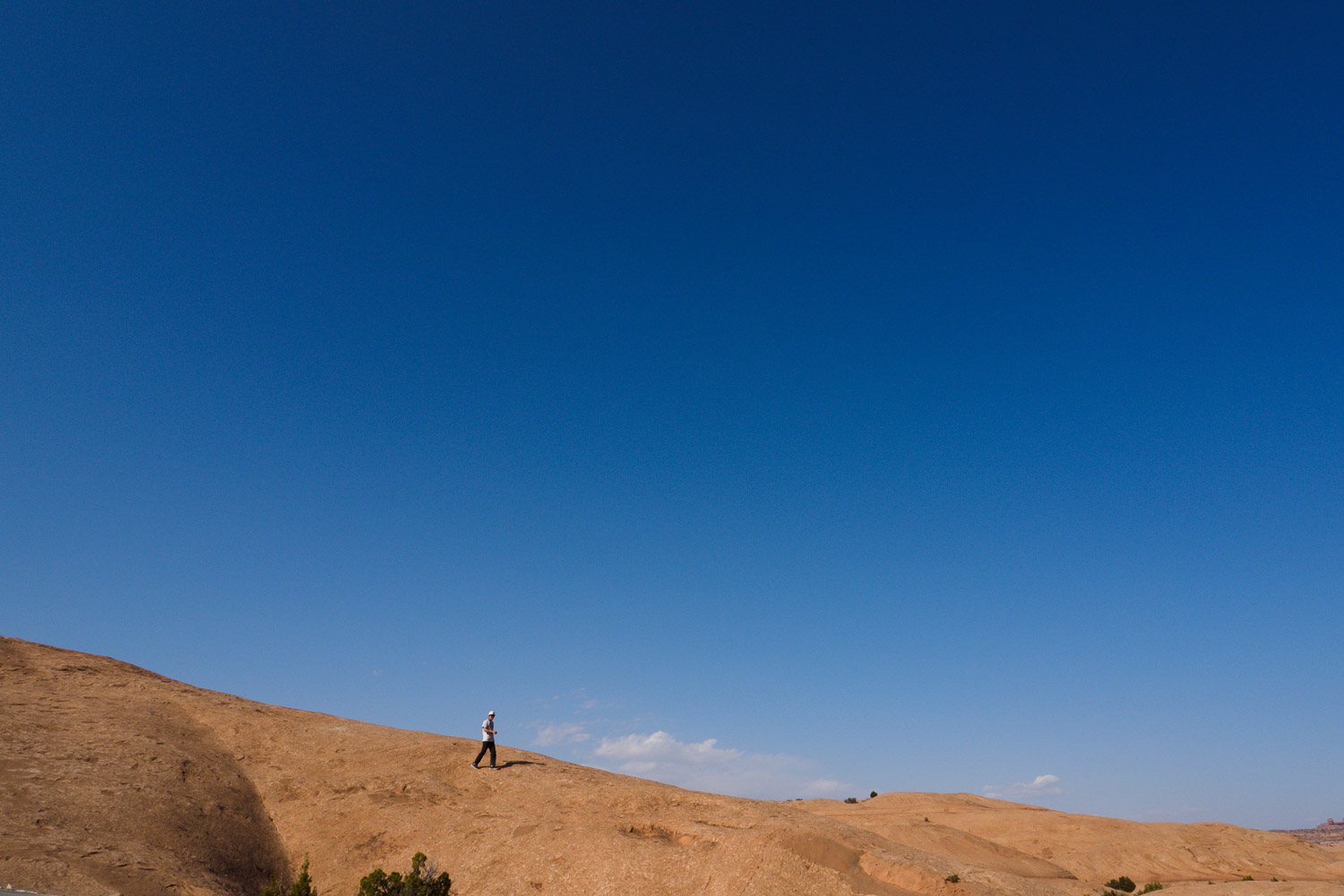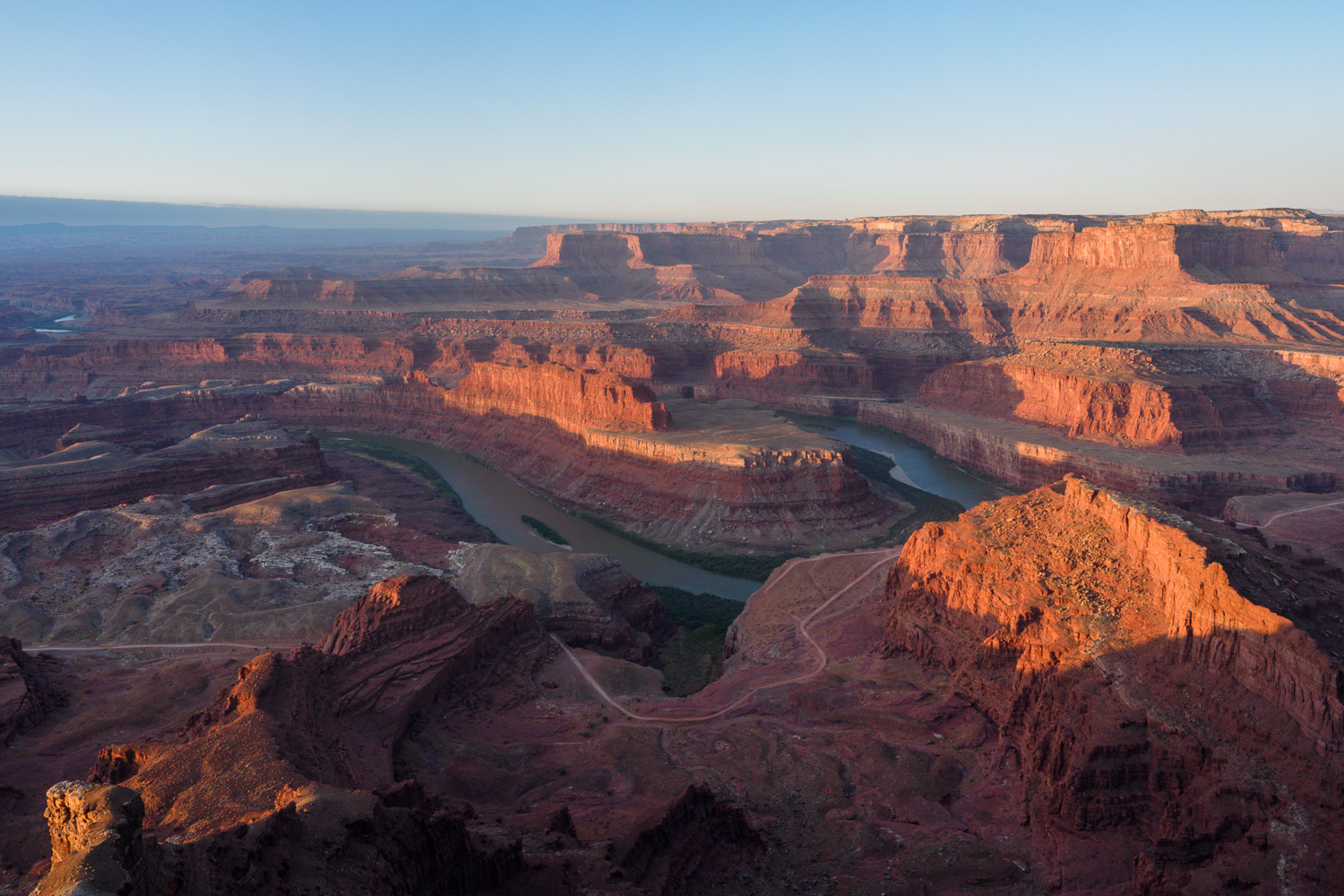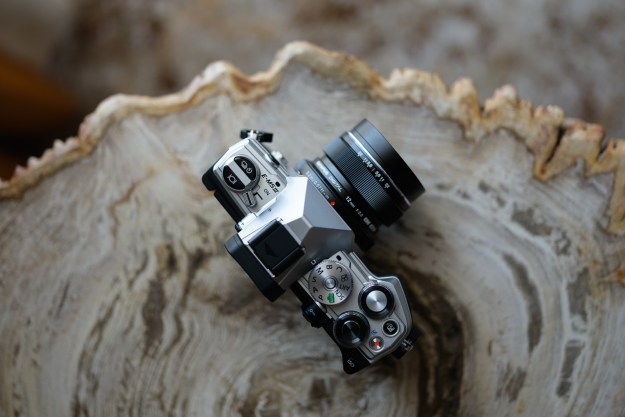
- Excellent image stabilization
- Fast, accurate autofocus
- Very compact and lightweight
- 4K video looks great
- Weather-sealed
- Plastic body is a step backward
- Low-resolution viewfinder
- No truly new features or tech
I’m not entirely happy with the OM-D E-M5 Mark III. Olympus took what was an extremely well-made, all-metal camera body and replaced it with liberal amounts of plastic. The E-M5 had always been my favorite model from Olympus, but the Mark III changes that by taking an unfortunate step backward in the design department. It’s still pretty to look at, but it lacks the heft and solid feel of previous versions that gave the camera its charm.
That’s not the only thing that rubs me the wrong way. This camera is an update nearly four years in the making, and I was looking to it to usher in the next generation of Olympus tech. The E-M5 line is known for this. It introduced the 16-megapixel sensor in the original, and High Resolution Shot mode in the Mark II. Yet the Mark III doesn’t show off anything we haven’t seen in the E-M1 Mark II, a camera that is three years old.
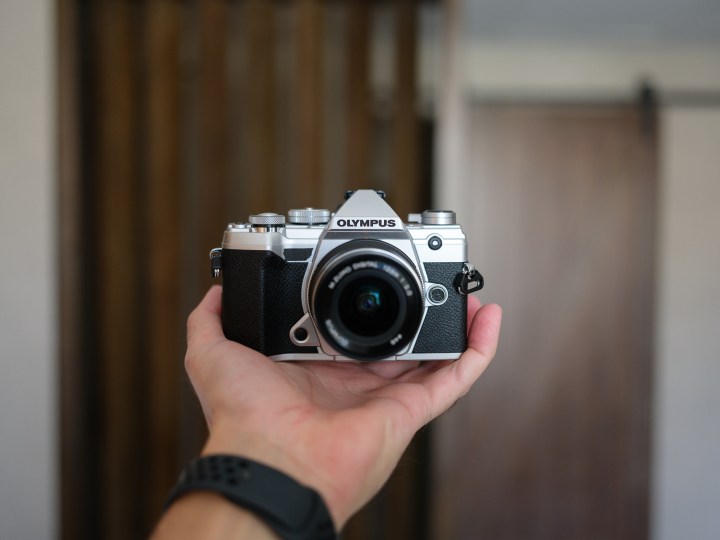
As disappointing as that is for the camera geek in me, it’s not the whole story. My time with the camera made me face a truth I couldn’t ignore. The E-M5 is fun.
It’s easy to carry and makes great shots almost effortless. It’s agile, responsive, and will shoot circles around many larger, more expensive cameras. It’s easy to look at it as one step forward, two steps back, but once I got over my gear lust and accepted the Mark III for what it is, I found that the one step forward was more like a giant leap.
What’s new in the E-M5 Mark III
While I disagree with Olympus’ choice to shy away from the premium design of past E-M5s, there are good reasons for it beyond cost. In addition to the plastic body, the camera also uses the smaller battery from the entry-level E-M10 Mark III. Combined, this leads to a weight savings of about 2 ounces, bringing the new E-M5 to under a pound. That’s impressively light.

Thankfully, the new design hasn’t sacrificed functionality. Weather-sealing is still there, and battery life is unchanged thanks to better efficiency (but at just 310 shots per charge, it’s nothing to get excited about).
However, Olympus removed the option of using a vertical battery grip. Where Mark II owners could double battery life and add vertical shooting controls, Mark III users won’t have that chance.
That’s not a huge issue since few people will want to compromise the compact size of this camera, but it’s worth noting if you’re a Mark II owner with a battery grip and you want to upgrade.

On the inside, you’ll find the same 20-megapixel Four Thirds sensor, TruePic VIII image processor, and 121-point phase-detection autofocus system from the E-M1 Mark II.
There’s also a redesigned sensor-shift stabilization module that now offers up to 5.5 stops of shake reduction, or 6.5 when combined with a lens that supports Olympus Sync IS. This is the one component unique to the E-M5 Mark III. The camera’s small body required a small stabilization unit, which is why you won’t see the unbelievable 7.5-stop stabilization of the much larger OM-D E-M1X here.
Video has taken a big step forward up to 4K UltraHD (3,840 x 2,160) resolution at 30 or 24 frames per second, while Full HD 1080p can be recorded at up to 120 fps for slow motion. It doesn’t have professional features like OM-Log, but for casual use, the E-M5 Mark III is a capable video camera.

While not expressly new, High Resolution Shot mode is improved by nature of having a higher-resolution sensor. This allows the E-M5 to create 50-megapixel images from eight separate exposures, though you’ll need a tripod to keep the camera stable during this process.
In addition to adding spatial resolution, High Resolution Shot records full color information at every pixel location, bypassing the limitations of the Bayer sensor design for more accurate color and less moiré. It also improves noise levels, particularly in shadows. For landscape photographers, High Resolution Shot is a transformative feature.
Performance and shooting experience
My initial misgivings about this camera quickly faded when I started shooting with it. The 121-point autofocus system, while not new technology, is still one of the fastest in the businesses. It had no trouble keeping up with galloping horses, which meant far more of my action shots were keepers.
Add in the excellent 5-axis stabilization system, and you have a virtually fool-proof camera. Olympus makes the best sensor-shift stabilization on the market, and I was blown away with what they accomplished in such a small camera.
Stabilization gets even better in video mode when it can be combined with electronic stabilization. Electronic image stabilization (EIS) will limit maximum detail as it needs to crop and re-frame the image, but it has a minimal effect. Any quality loss is well worth the trade-off for rock-steady footage.
I shot video while holding the camera out the window of a Hummer careening through narrow, off-road trails and over huge boulders. The resulting footage looked like I had the camera mounted to a gimbal. It’s that good.

I also used Live Composite mode for night star trail photography. This isn’t a new feature — it’s found across Olympus’ lineup, including the Tough TG series of point-and-shoots — but it was the first time I used it. Live Composite takes a series of long exposures and automatically composites just the highlight information. It’s great for light painting in addition to night sky photography, and while the initial setup procedure is kind of cumbersome, it’s incredibly easy to use afterward.
Overall, shooting with the E-M5 Mark III is liberating. From High Resolution Shot to Live Composite, there’s so much you can do in-camera that you don’t need a computer. It’s a great first “real” camera for anyone looking to move up from a phone.
Image quality
There’s little new to talk about here. This is the same sensor from the E-M1 Mark II and E-M1X. 20 megapixels doesn’t sound like a lot, but I would argue it’s plenty for the vast majority of photographers, especially when you have the option for 50MP images with High Res Shot mode.
Four Thirds sensors, which have a 2x crop factor compared to full frame, do suffer at high ISO and have less dynamic range even at base ISO. That means more noise in low light situations and reduced ability to raise detail out of shadows. High Resolution Shot can help with this, but it’s not always an option.
Just by chance, the last camera I shot before the E-M5 Mark II was the $10,000, 102MP, medium-format Fujifilm GFX 100, which I said had the best image quality of any camera I’d ever used. It was a sobering transition; the difference in image quality was night and day.
Obviously, those aren’t competing cameras, but once you’ve had a taste of how good things can be, it’s difficult to accept less. Four Thirds leaves much to be desired in the image quality department, but that’s the trade-off for such a portable camera. At any rate, Olympus’ JPEGs look good straight from the camera, and the RAW files do offer a decent amount of flexibility in post.
More importantly, the E-M5 Mark III makes getting steady, in-focus shots as easy as possible, and for most people, that’s a bigger contributor to image quality than sensor size and resolution.
Our take
The Mark III may be more functional than its predecessor, but it doesn’t feel as premium, and that’s a shame. Still, it’s a simple, portable, and capable camera that appeals to people who need to travel light while offering enough high-end control and features to keep enthusiasts happy. It’s not the most exciting release of the year, but it’s a capable and enjoyable camera.
Is there a better alternative?
There are many options in the $1,200 range, but none that combine the weather-sealing, speed, and portability of the E-M5. It’s worth noting that the higher-end E-M1 Mark II is just $1,500 right now. It has a bigger battery with 440 shots per charge, a higher-magnification viewfinder, and is compatible with a vertical battery grip. It’s a great camera for the more advanced photographer, but the E-M5 Mark III is otherwise equal to it while also being smaller and lighter.
Should you buy it?
Yes. The E-M5 is still an easy recommendation thanks to its compact size and excellent performance.
Editors' Recommendations
- Olympus E-M1 Mark III vs. Olympus E-M1 Mark II: Is the upgrade worth it?
- The Olympus PEN E-PL10 is a stylish beginner’s camera hiding last-gen hardware




